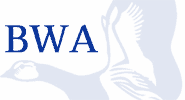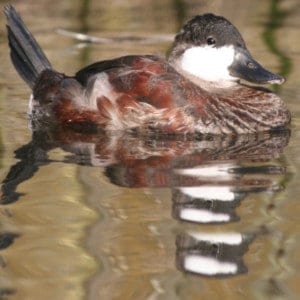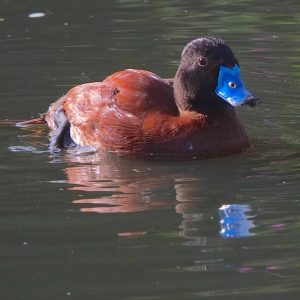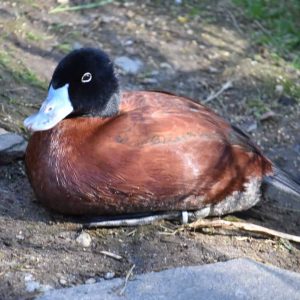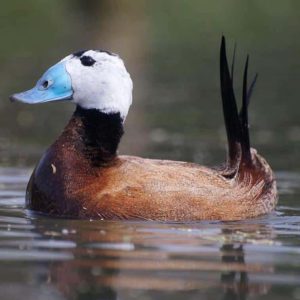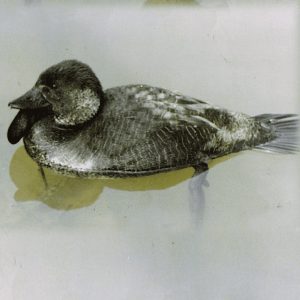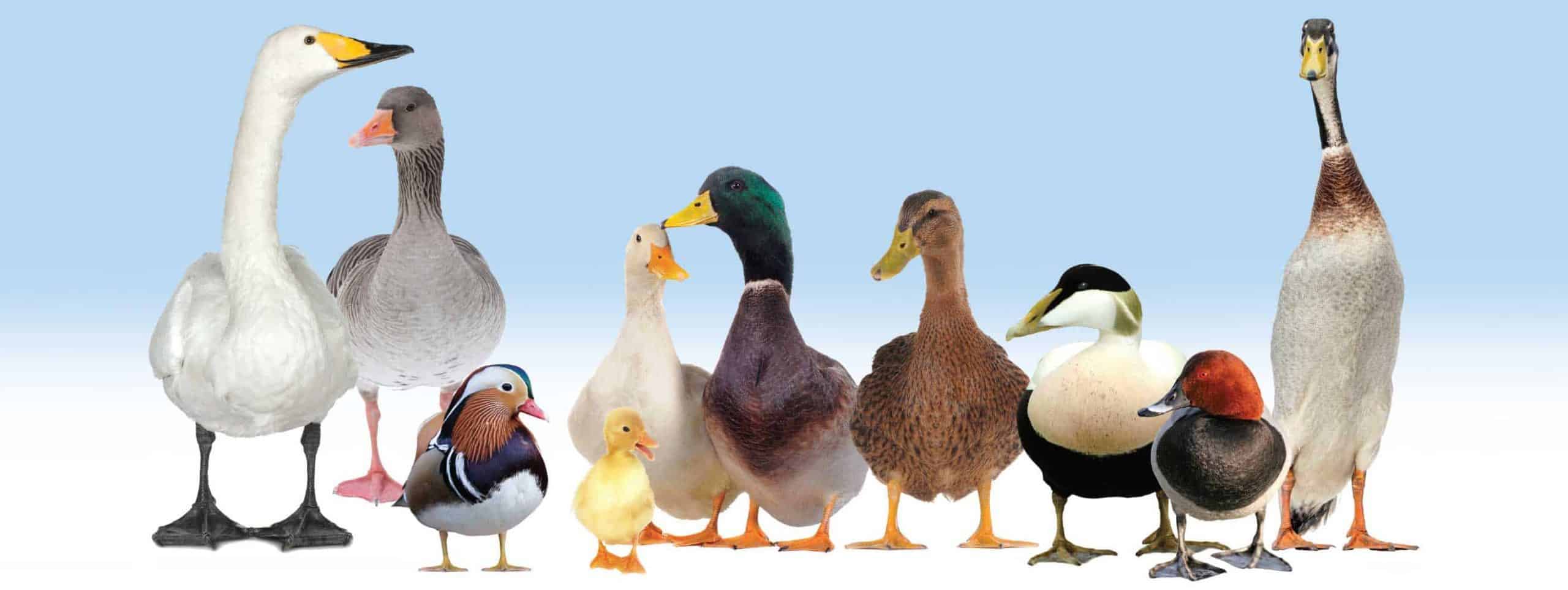The stifftails are a tribe distinctive in their appearance and behaviour, characterised by their long erect tails. The majority are southern hemisphere ducks although Ruddy Duck and White-headed Duck are from North America and Europe respectively.
The most aquatic of all waterfowl, it is important to supply grains to stifftails on the water, especially when stock is moved or introduced.
Where we stand as waterfowl enthusiasts:
In order to protect the globally threatened White-headed Duck, the (North American) Ruddy Duck may not be imported, kept, bred, transported, sold or exchanged, allowed to reproduce or released into the environment in Europe. The objective being to allow the population to decrease by natural attrition. General licences are still in the news and the Ruddy Duck is covered by GL-21. Feral Ruddy Ducks may be controlled (in a humane manner) at any time, even when shooting may otherwise be suspended, for instance, during periods of harsh weather. Reports of feral birds culled should be made to your region’s executive nature agency.
LIST OF THE Subfamily OXYURINAE
- Black-headed Duck – Heteronetta atricapilla
- Masked Duck – Nomonyx dominicus
- Ruddy Duck – Oxyura jamaicensis
- Andean Duck – O. ferruginea
- O. f. ferruginea
- O. f. andina
- Lake Duck – O. vittata
- Blue-billed Duck – O. australis
- Maccoa Duck – O. maccoa
- White-headed Duck – O. leucocephala
- Musk Duck – Biziura lobata
- B. l. lobata
- B. l. menziesi
